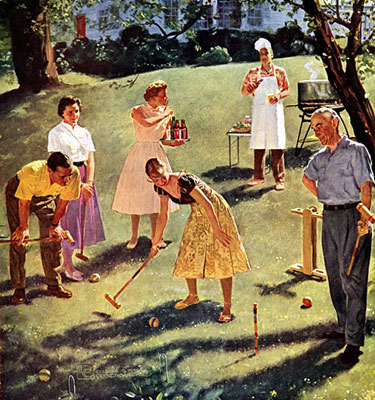From the New York Times
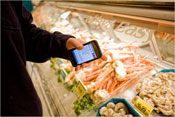 The tech revolution has been a long time in coming to the kitchen. Our
coffee machines are so advanced that they can practically drive us to
work, but Internet-controlled toasters and Web-enabled refrigerators
became punch lines.
The tech revolution has been a long time in coming to the kitchen. Our
coffee machines are so advanced that they can practically drive us to
work, but Internet-controlled toasters and Web-enabled refrigerators
became punch lines.
One high-tech cooking tool, however, has transformed the kitchen lives of many Americans: the cellphone. It has become the kitchen tool of choice for chefs and home cooks. They use it to keep grocery lists, find recipes, photograph their handiwork, look up the names of French cheeses, set timers for steak and soft-boiled eggs, and convert European or English measurements to American ones.
“It taught me to cook, really,” said Kelli Howell, a college sophomore in Chicago, of her Nokia phone. Its photography, Internet and instant-messaging capabilities let her consult with friends, family and online sources as she got started in the kitchen. “I e-mailed about 20 pictures of a vegetable lasagna to my sister’s phone while I was making it,” she said. “And then I I.M.’ed with my mom about the topping.”

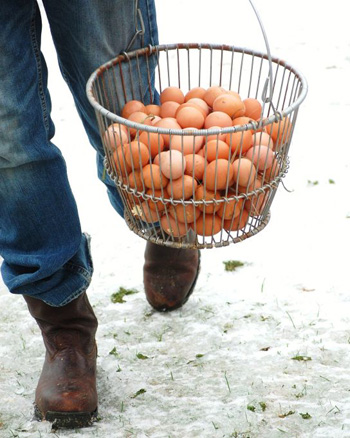 Four years ago, Roy and I (newly besotted), rented a little plot of land on a Vineyard farm. We grew vegetables and sold them at the farm’s roadside stand. Living in a tiny apartment over a general store, we shuttled back and forth to tend our plot.
Four years ago, Roy and I (newly besotted), rented a little plot of land on a Vineyard farm. We grew vegetables and sold them at the farm’s roadside stand. Living in a tiny apartment over a general store, we shuttled back and forth to tend our plot.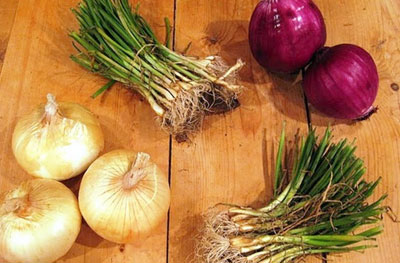 As in a good movie with scenes of tears, laughs, and tasteful delights, your venture with onions will boast the same sentiments. Vidalia, Spanish, yellow, white and red - onions can and should be your flavor backbones in the kitchen.
As in a good movie with scenes of tears, laughs, and tasteful delights, your venture with onions will boast the same sentiments. Vidalia, Spanish, yellow, white and red - onions can and should be your flavor backbones in the kitchen.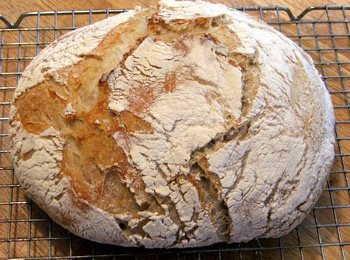 First, it’s important to distinguish No-Knead Bread from No-Need Bread. The former is a very laid back way to make bread if you have no food processor, stand mixer, bread machine or time. The latter is what you keep eating out of the little basket with a napkin in it, even though your pants are a little tight, just because it tastes really good, and look! There’s Ciabatta in there, too!
First, it’s important to distinguish No-Knead Bread from No-Need Bread. The former is a very laid back way to make bread if you have no food processor, stand mixer, bread machine or time. The latter is what you keep eating out of the little basket with a napkin in it, even though your pants are a little tight, just because it tastes really good, and look! There’s Ciabatta in there, too!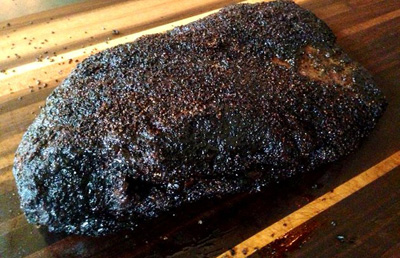 Sure, you could buy that grilling fanatic on your holiday gift list a new smoker or cutting-edge grill accessory. (For some suggestions, check out our
Sure, you could buy that grilling fanatic on your holiday gift list a new smoker or cutting-edge grill accessory. (For some suggestions, check out our 